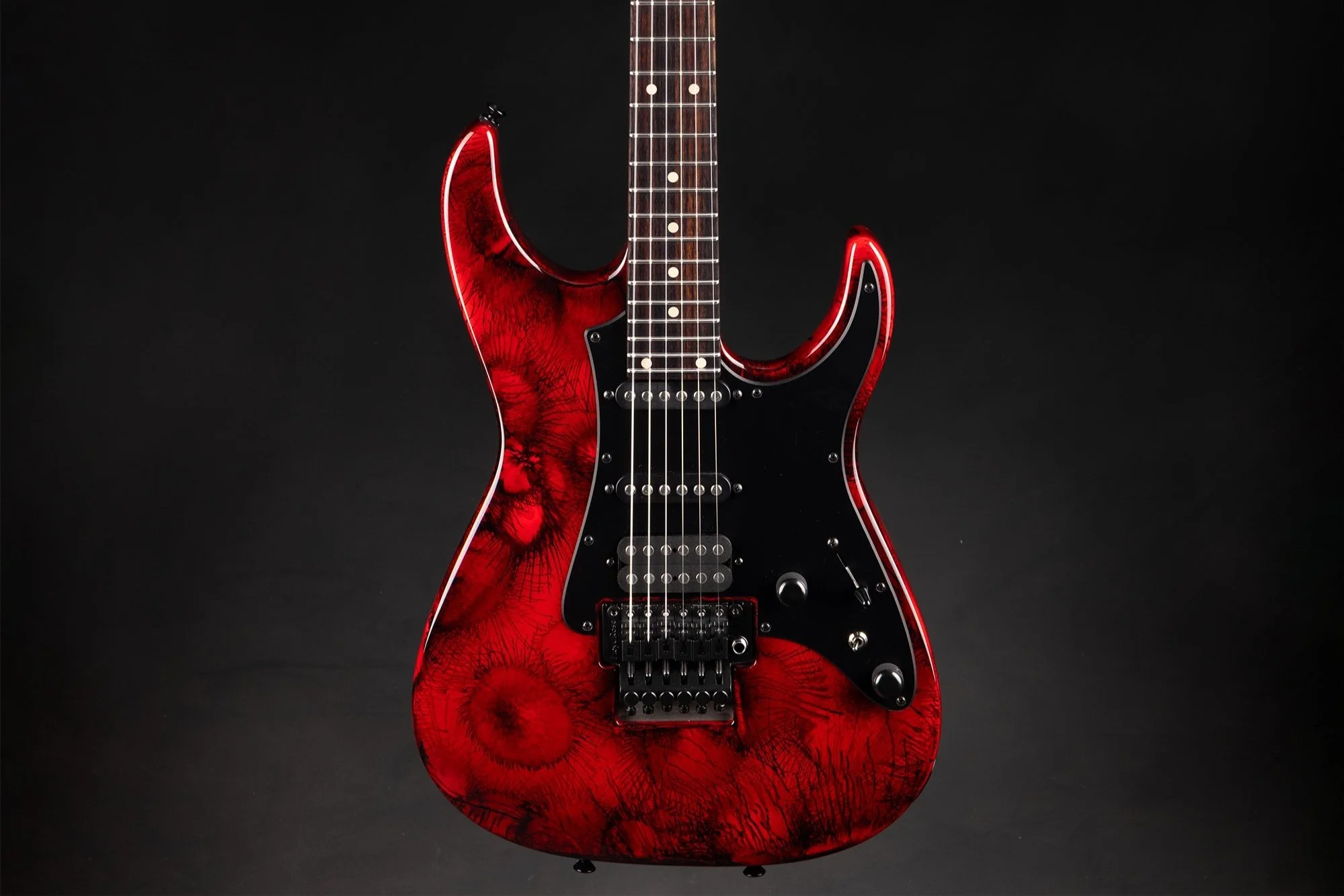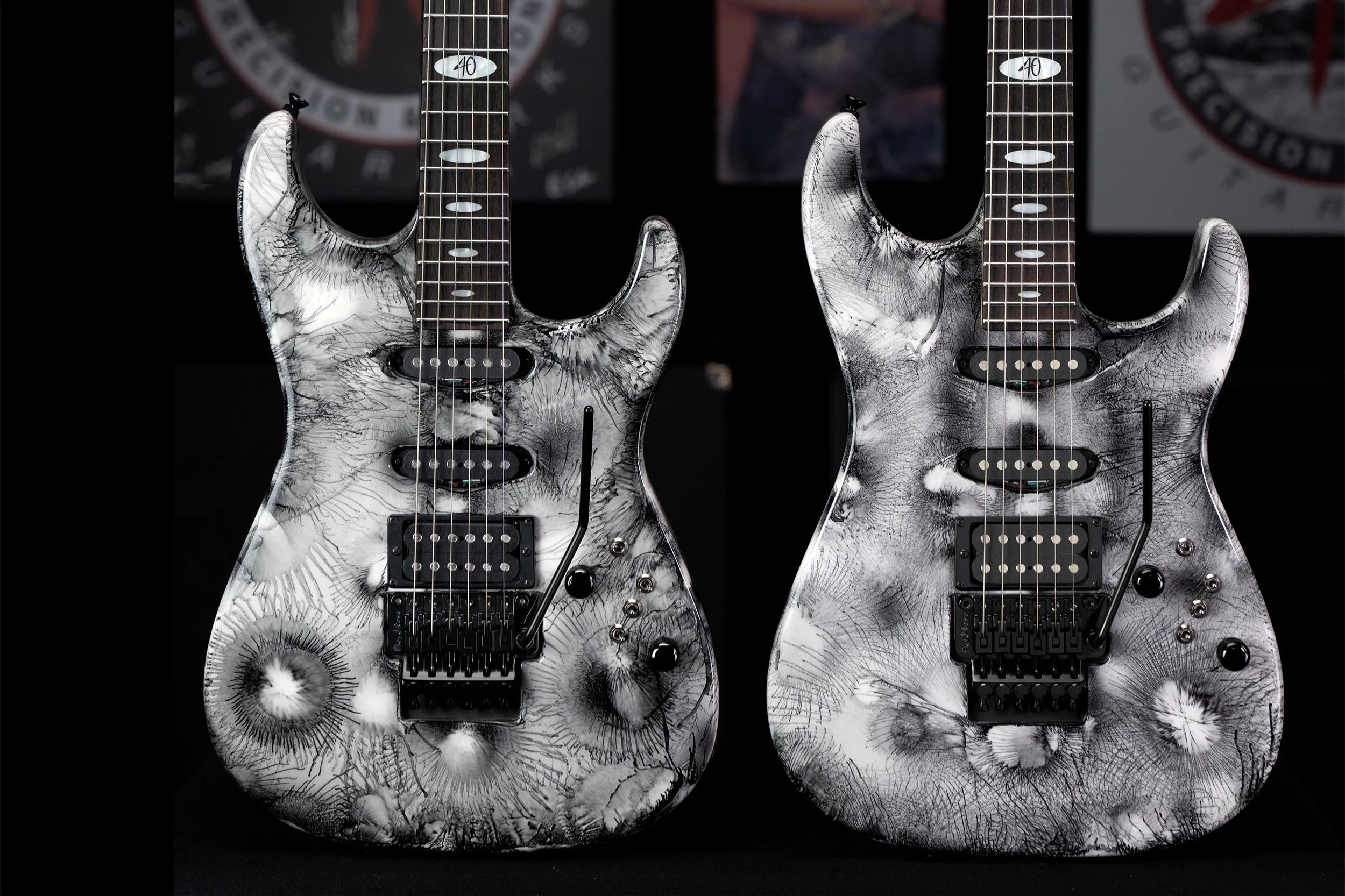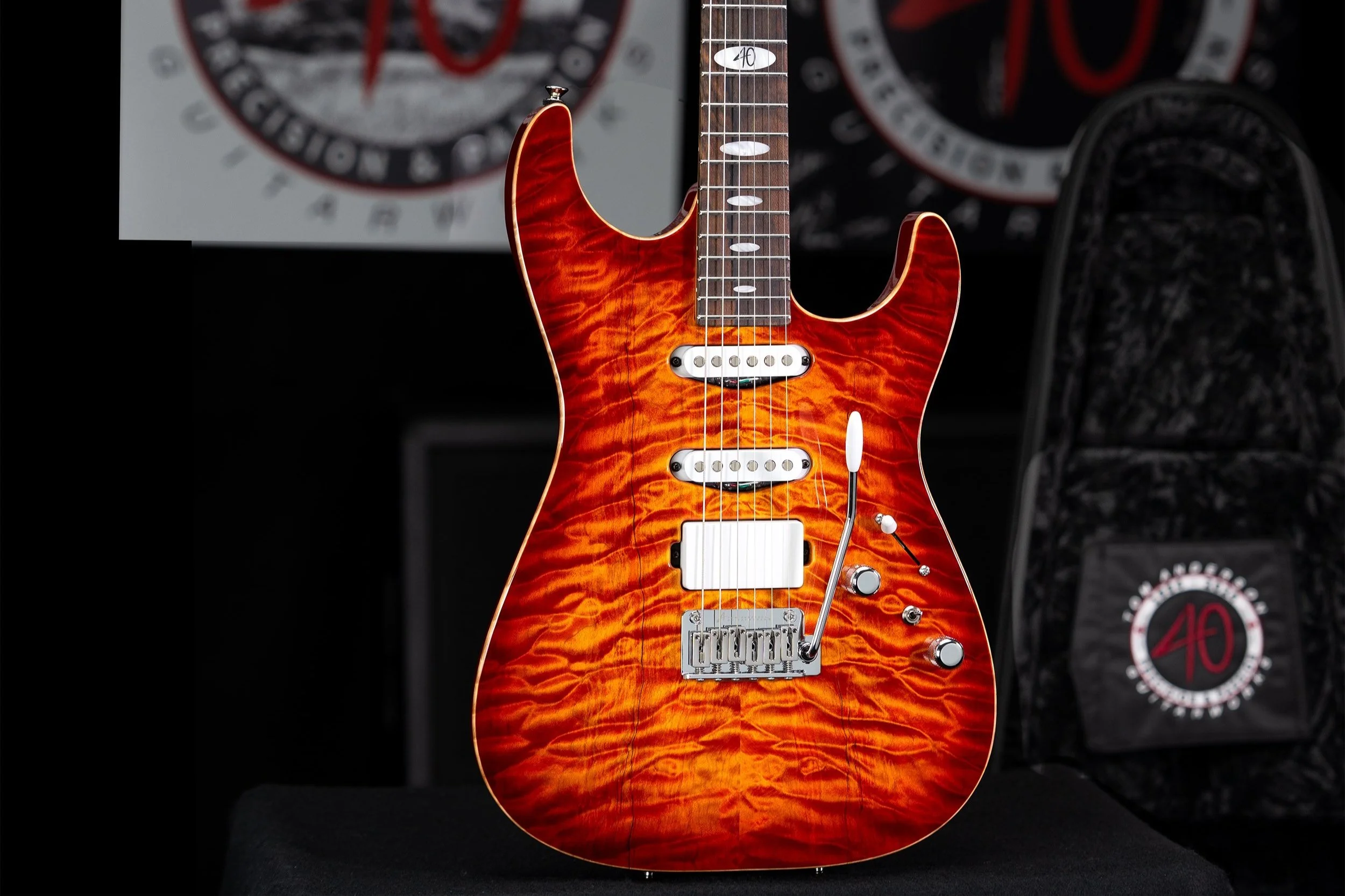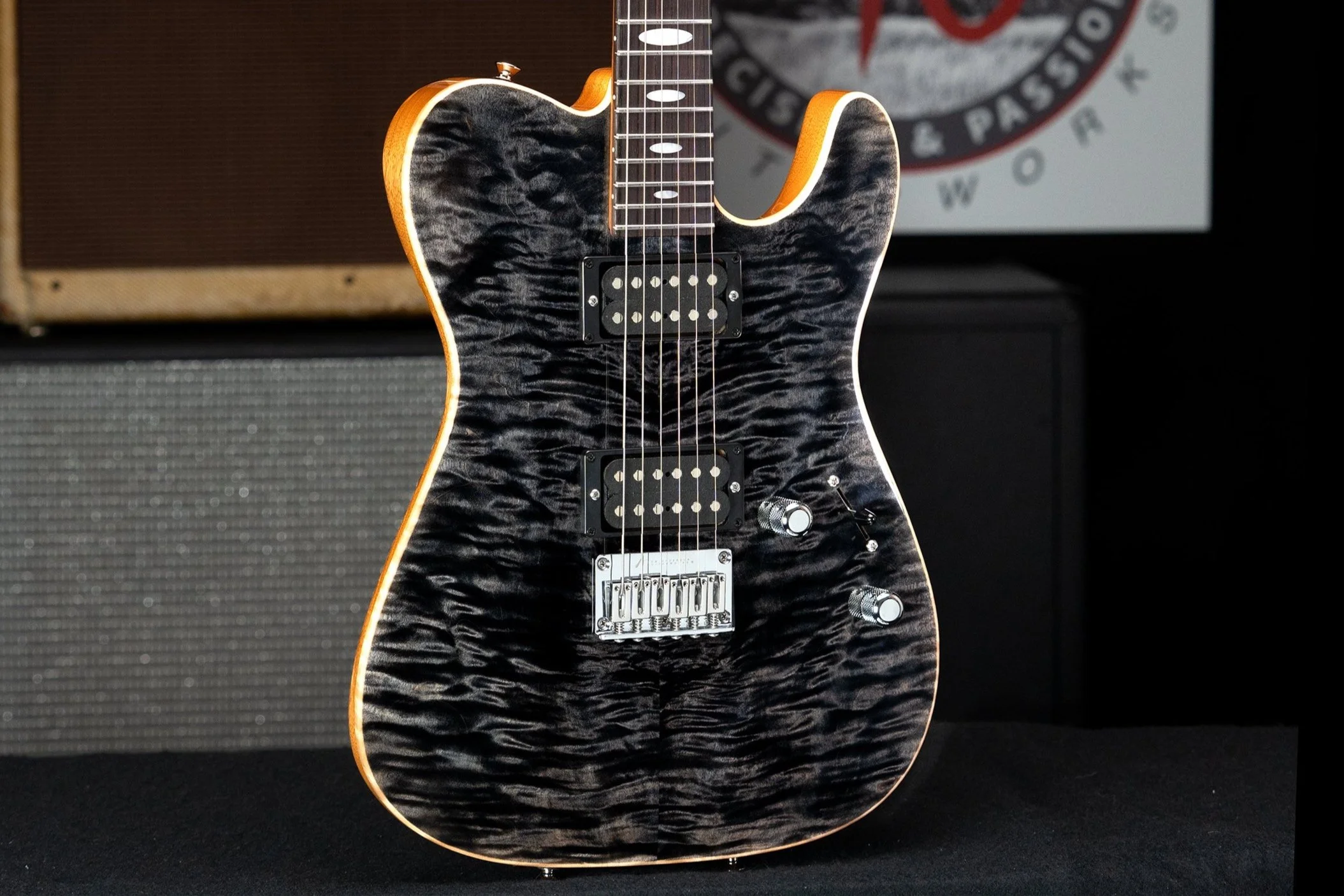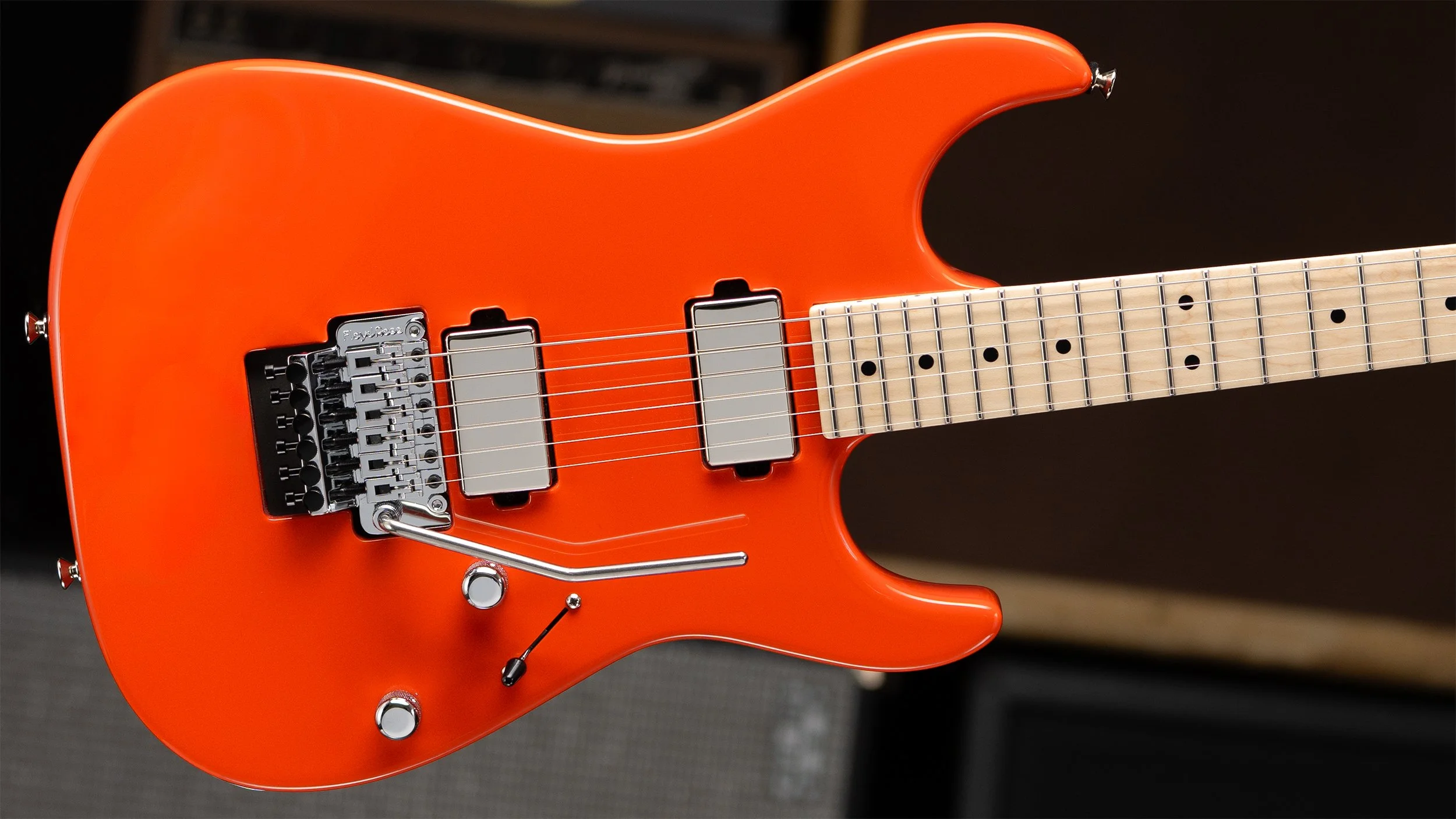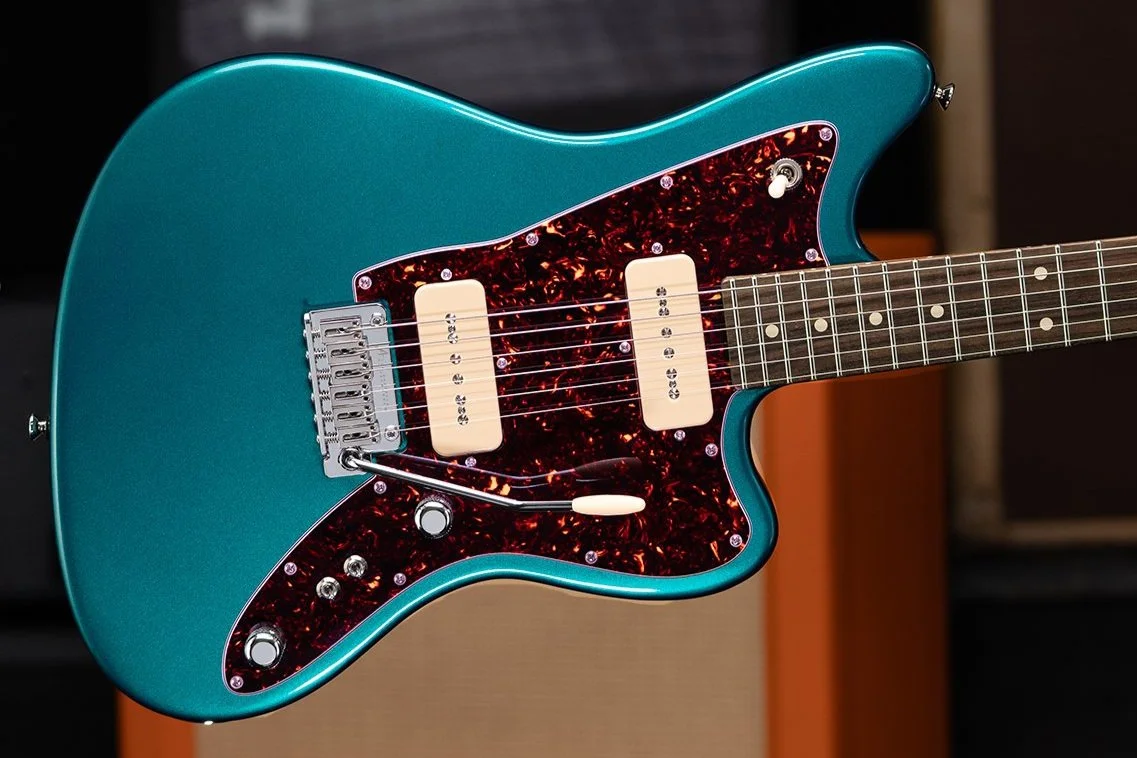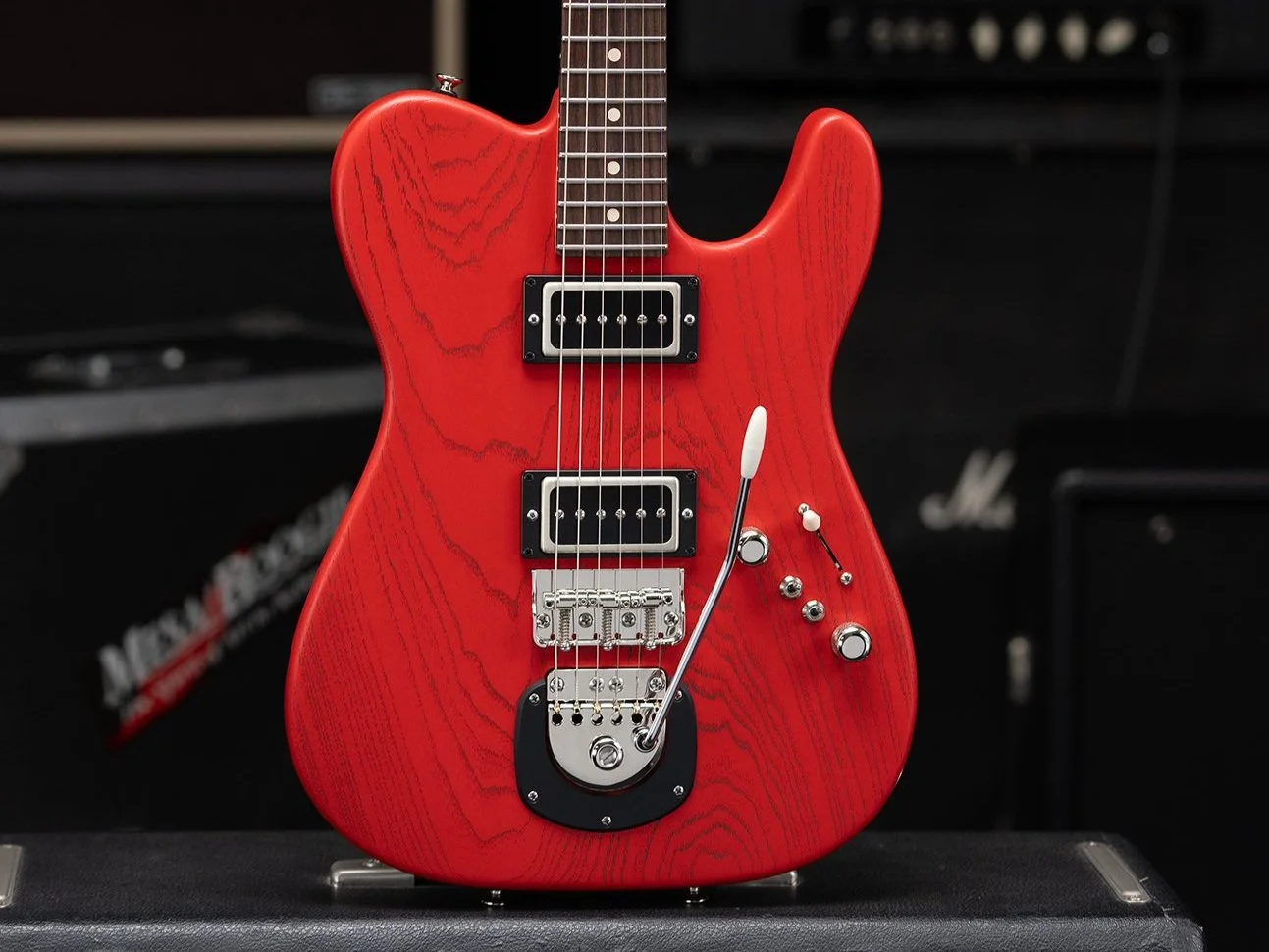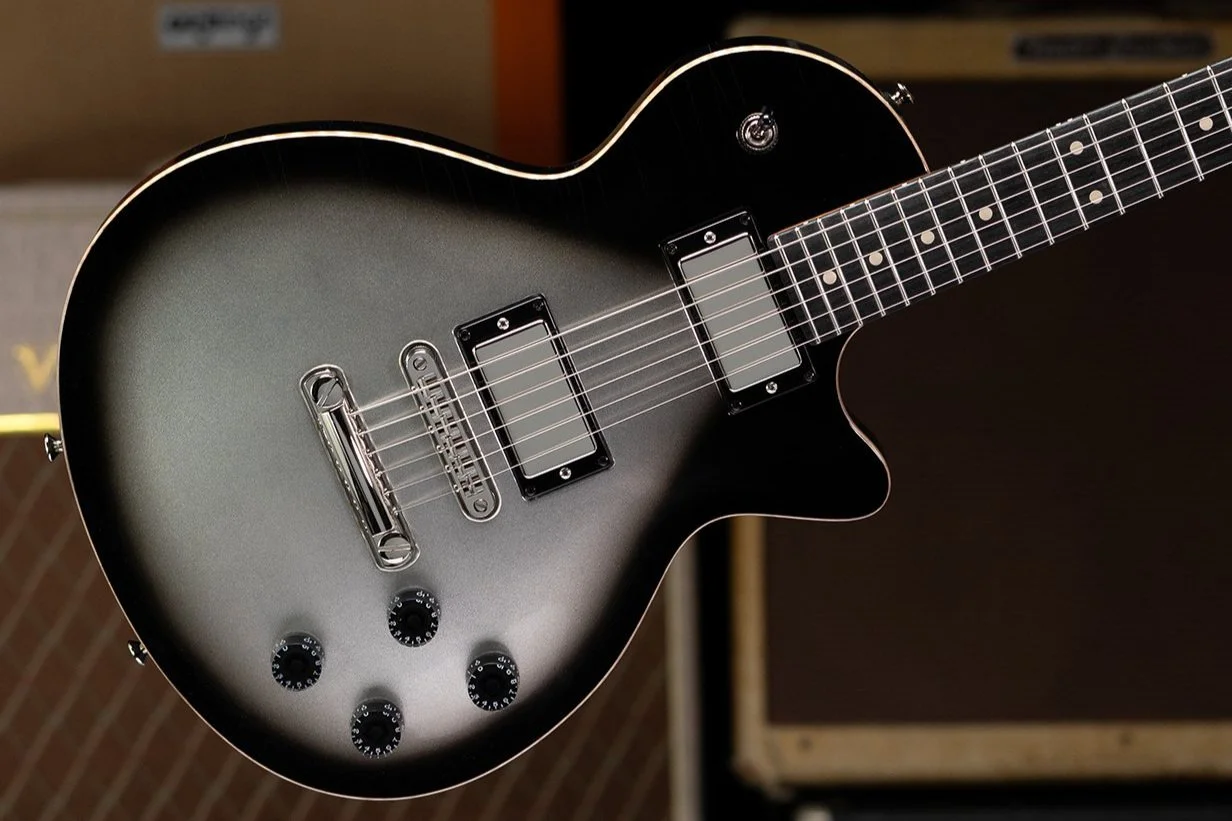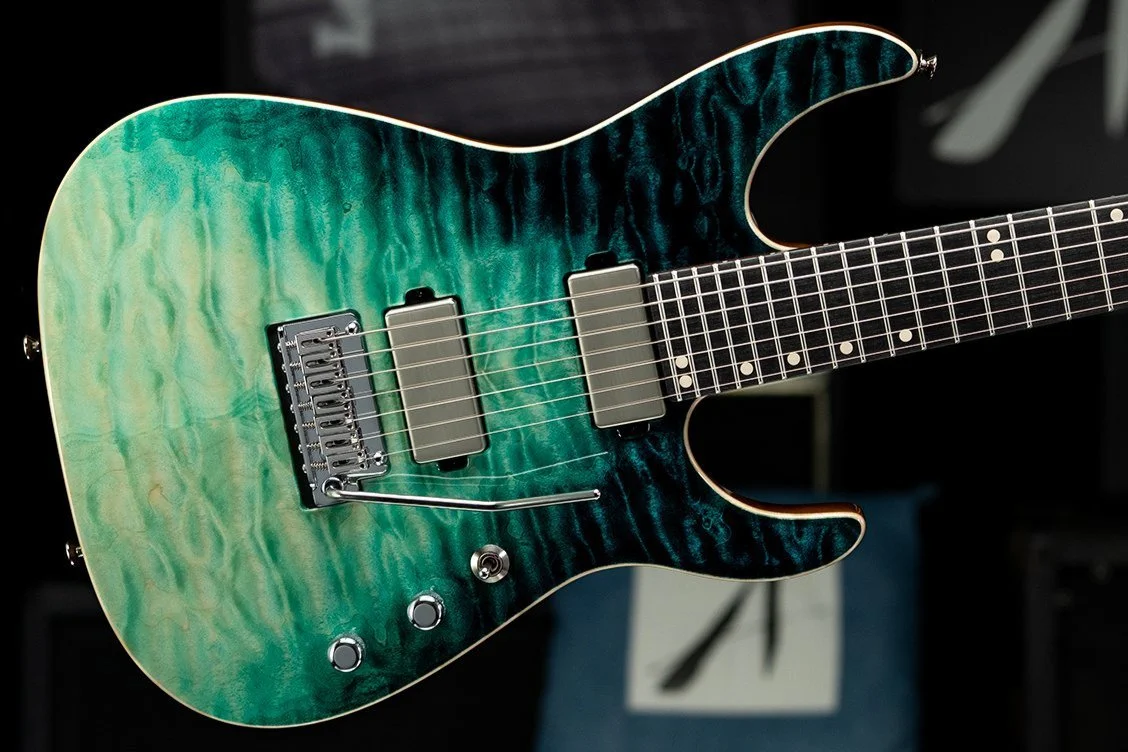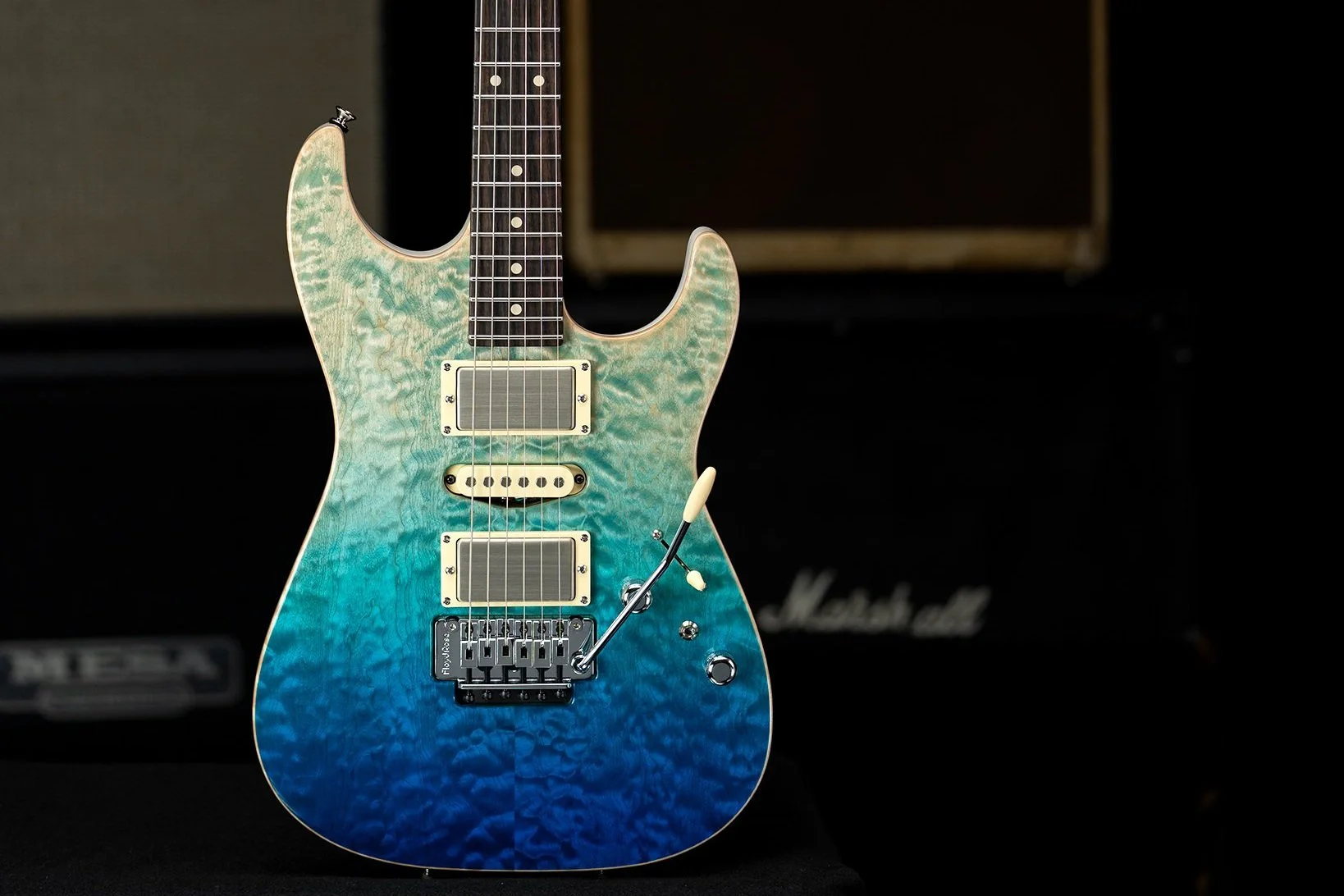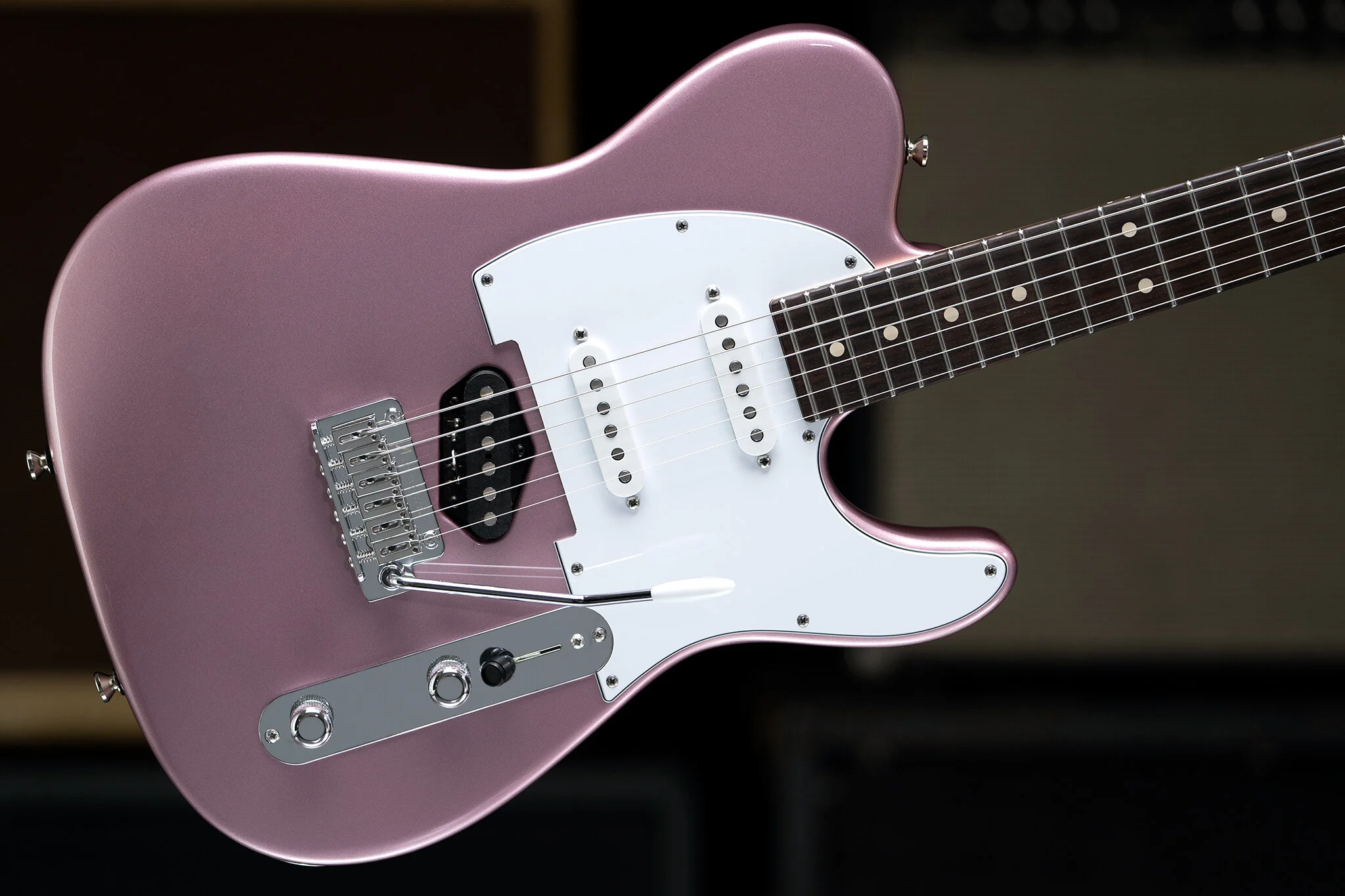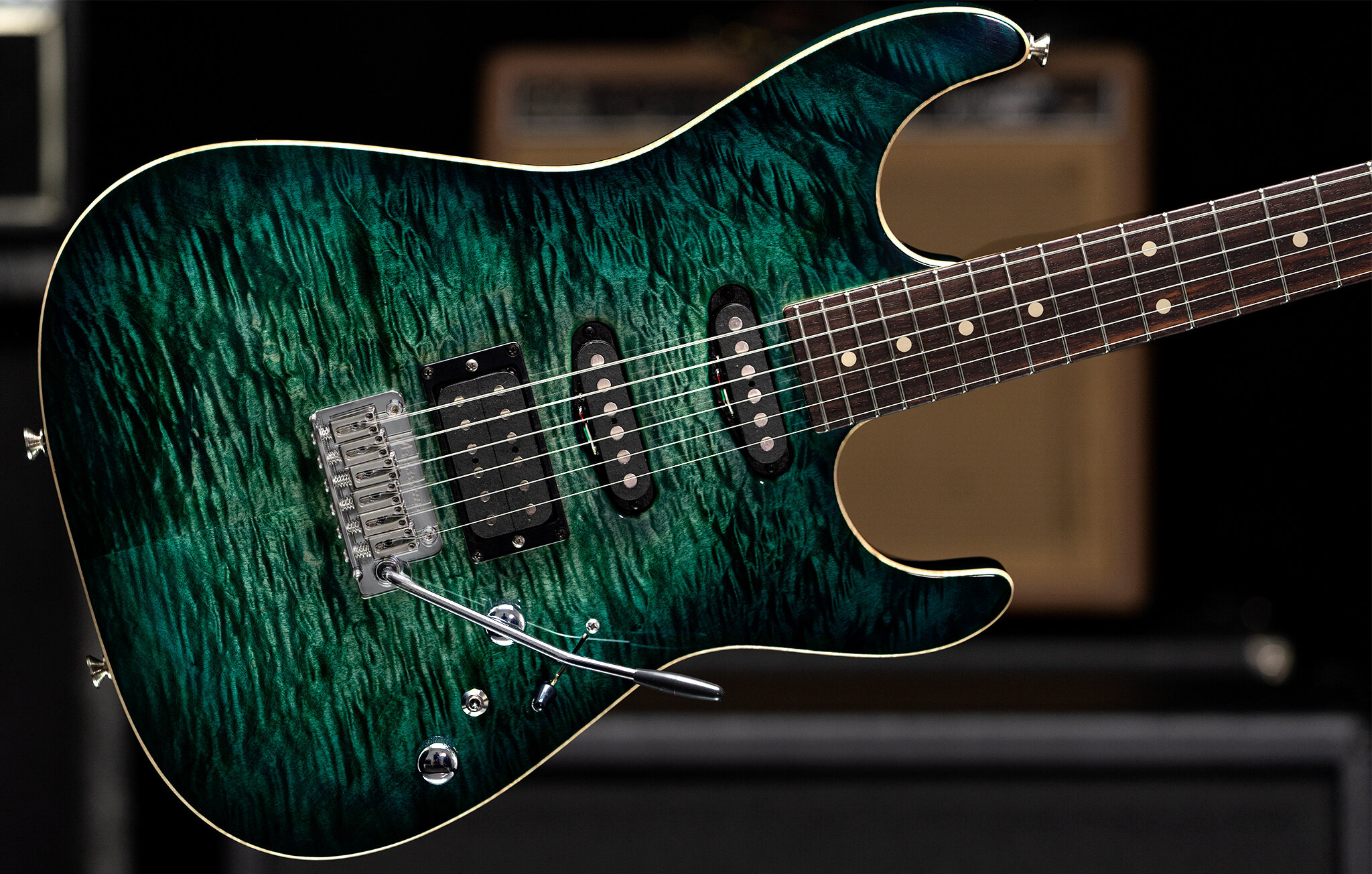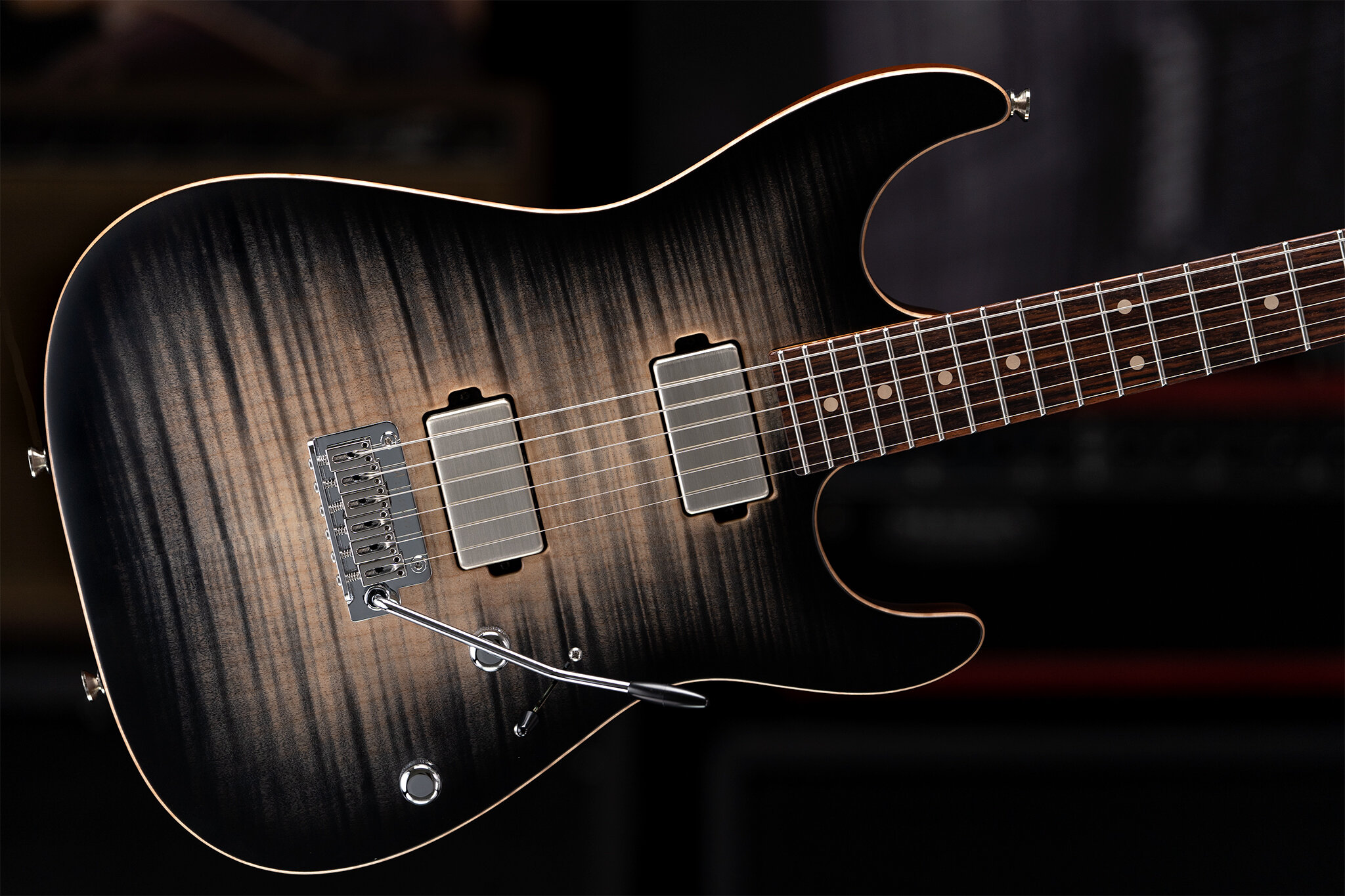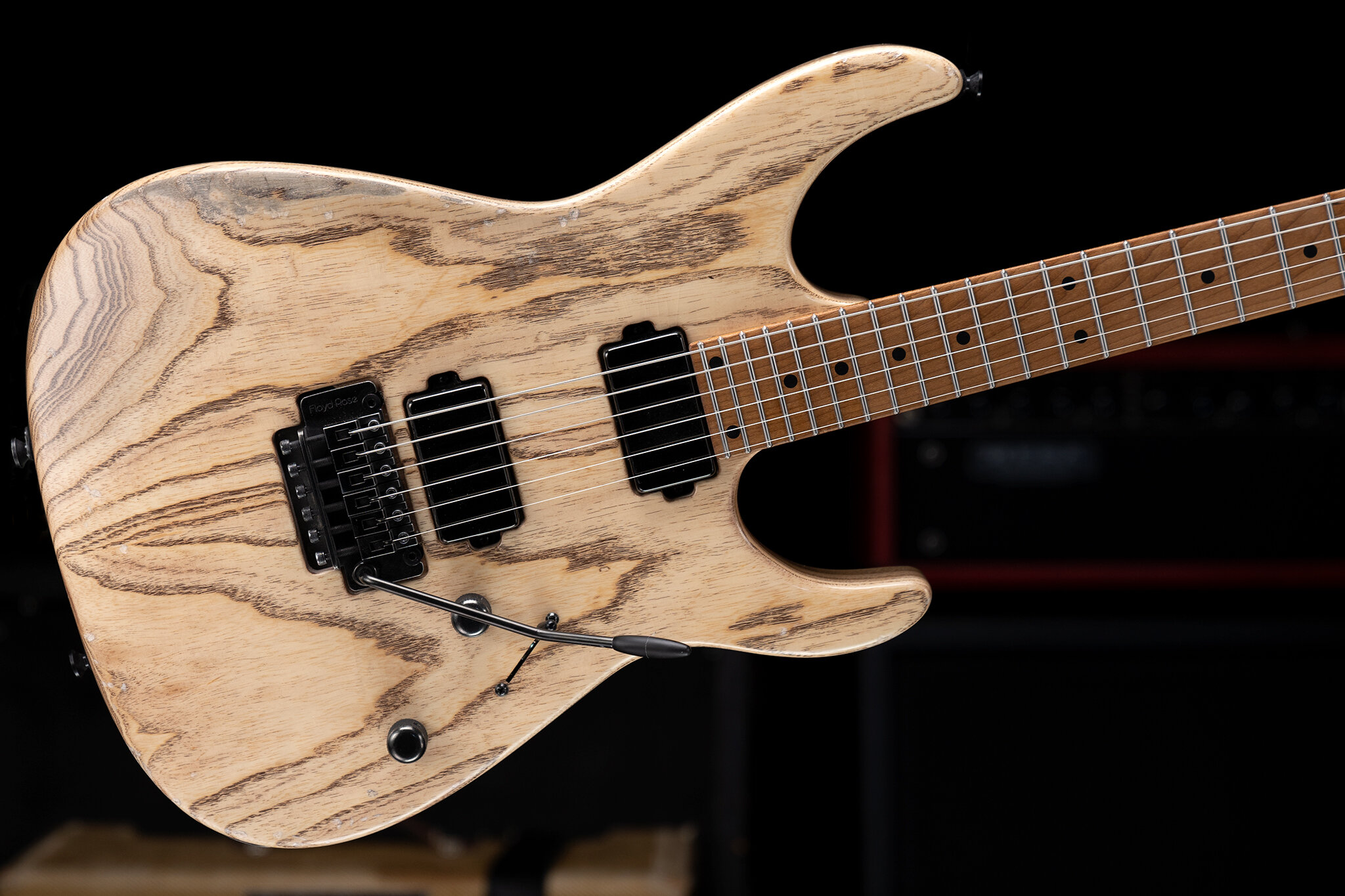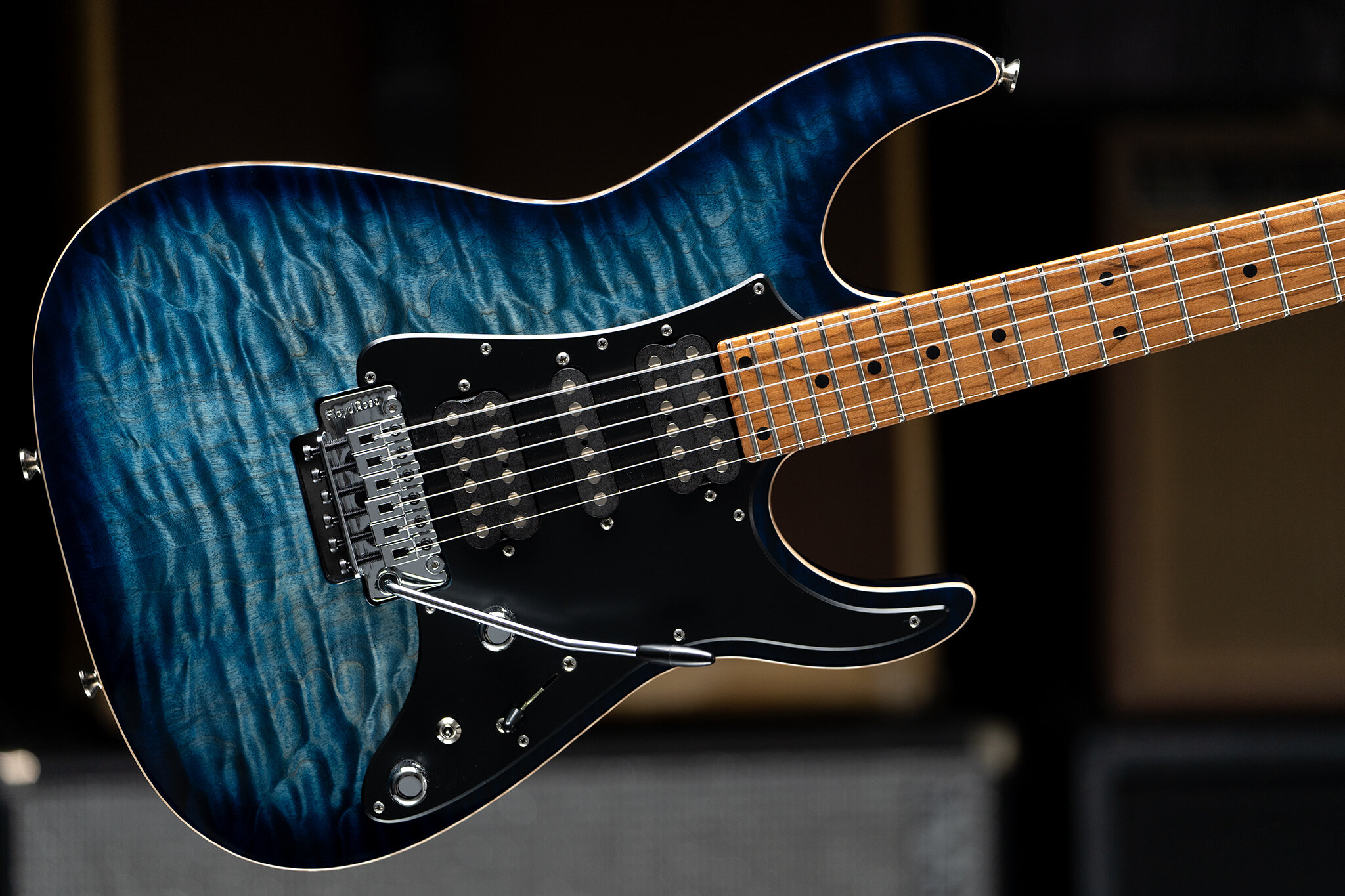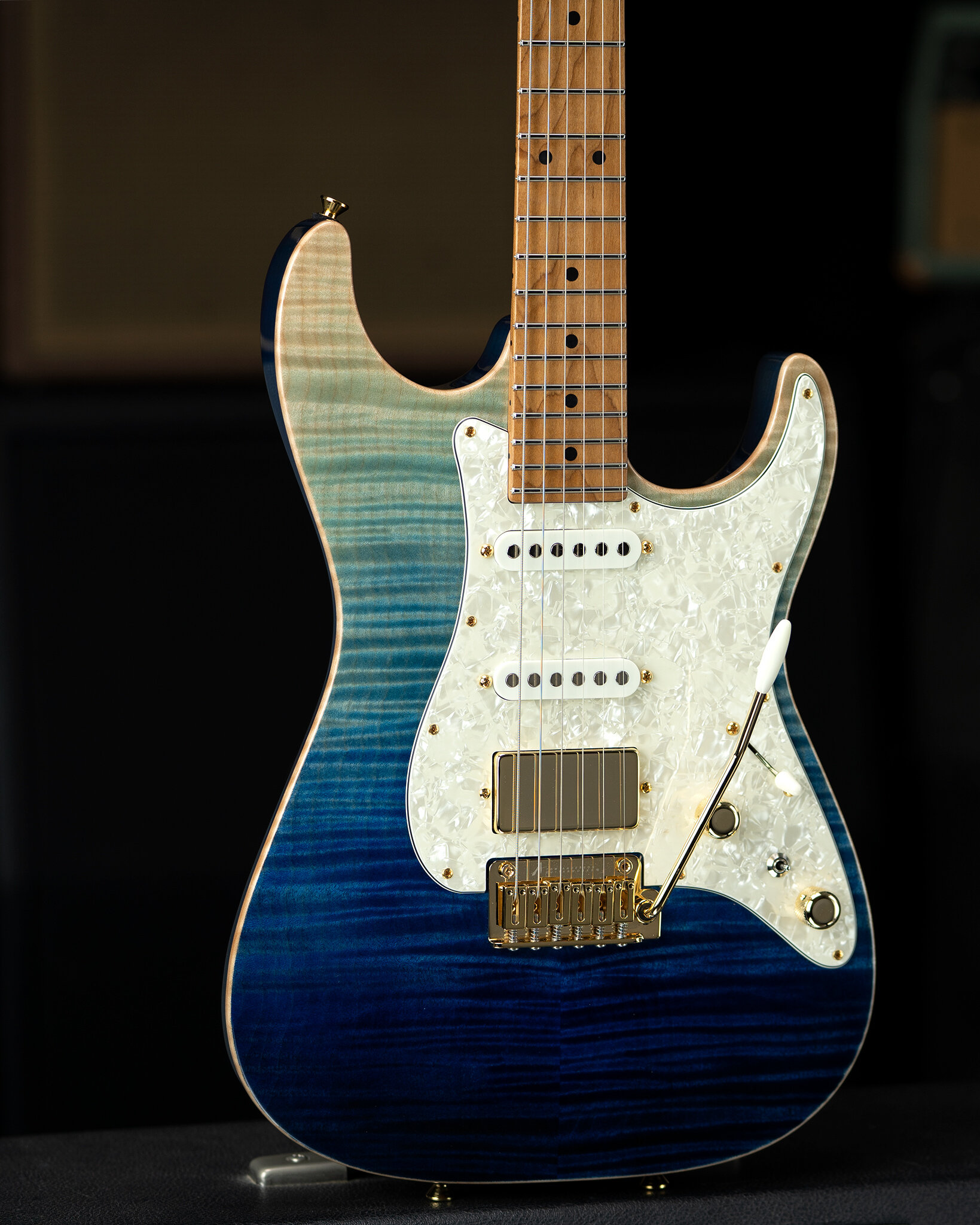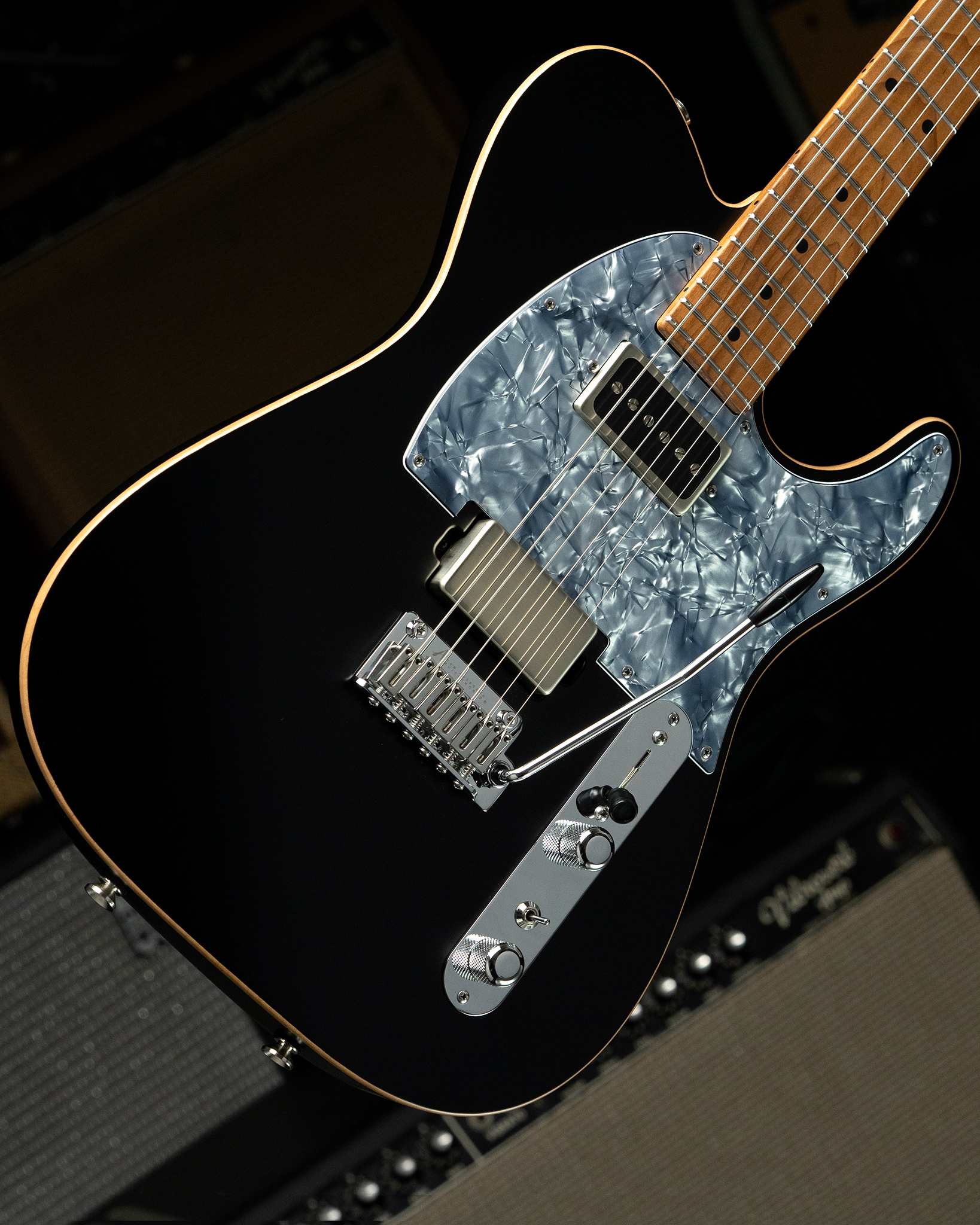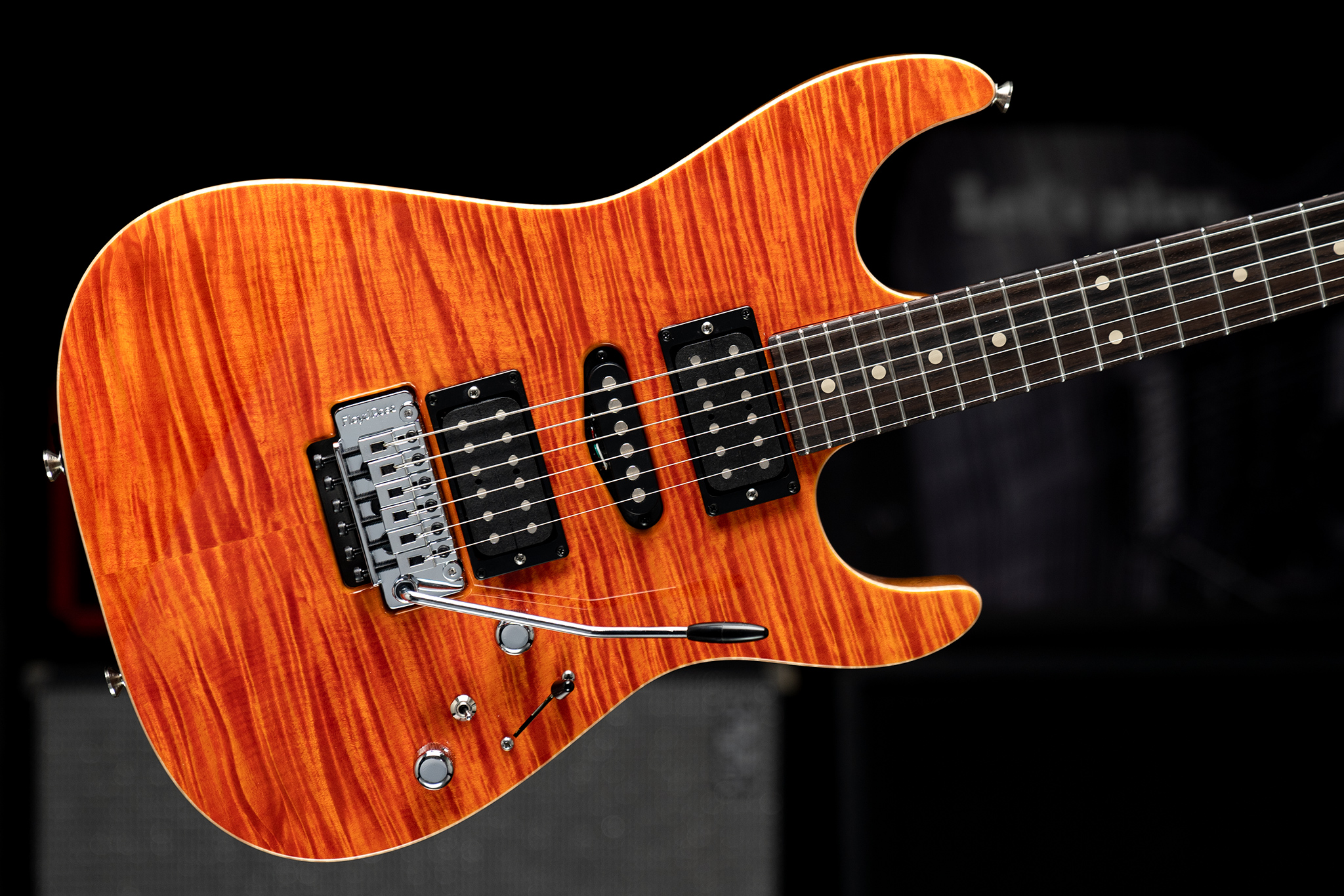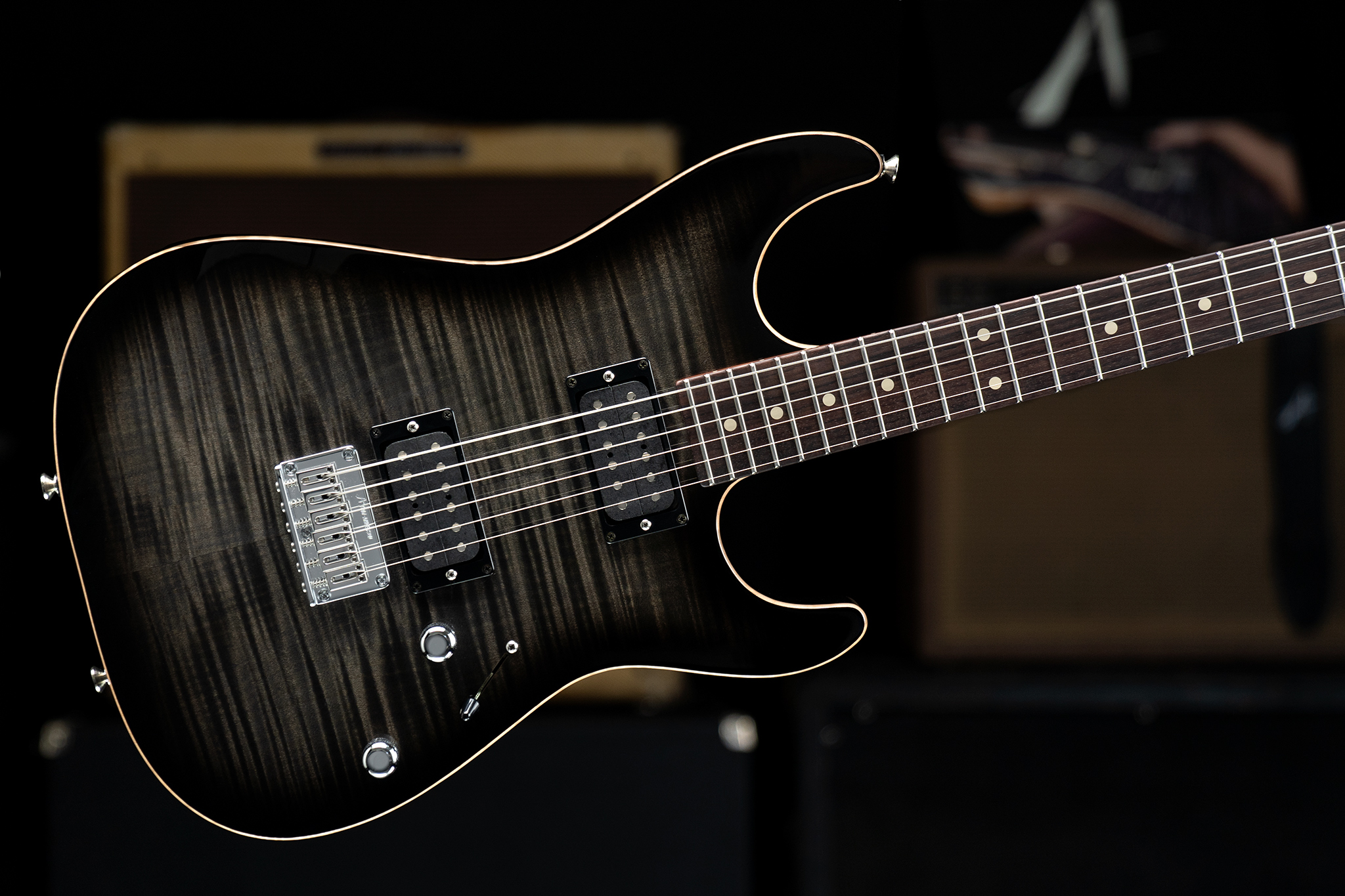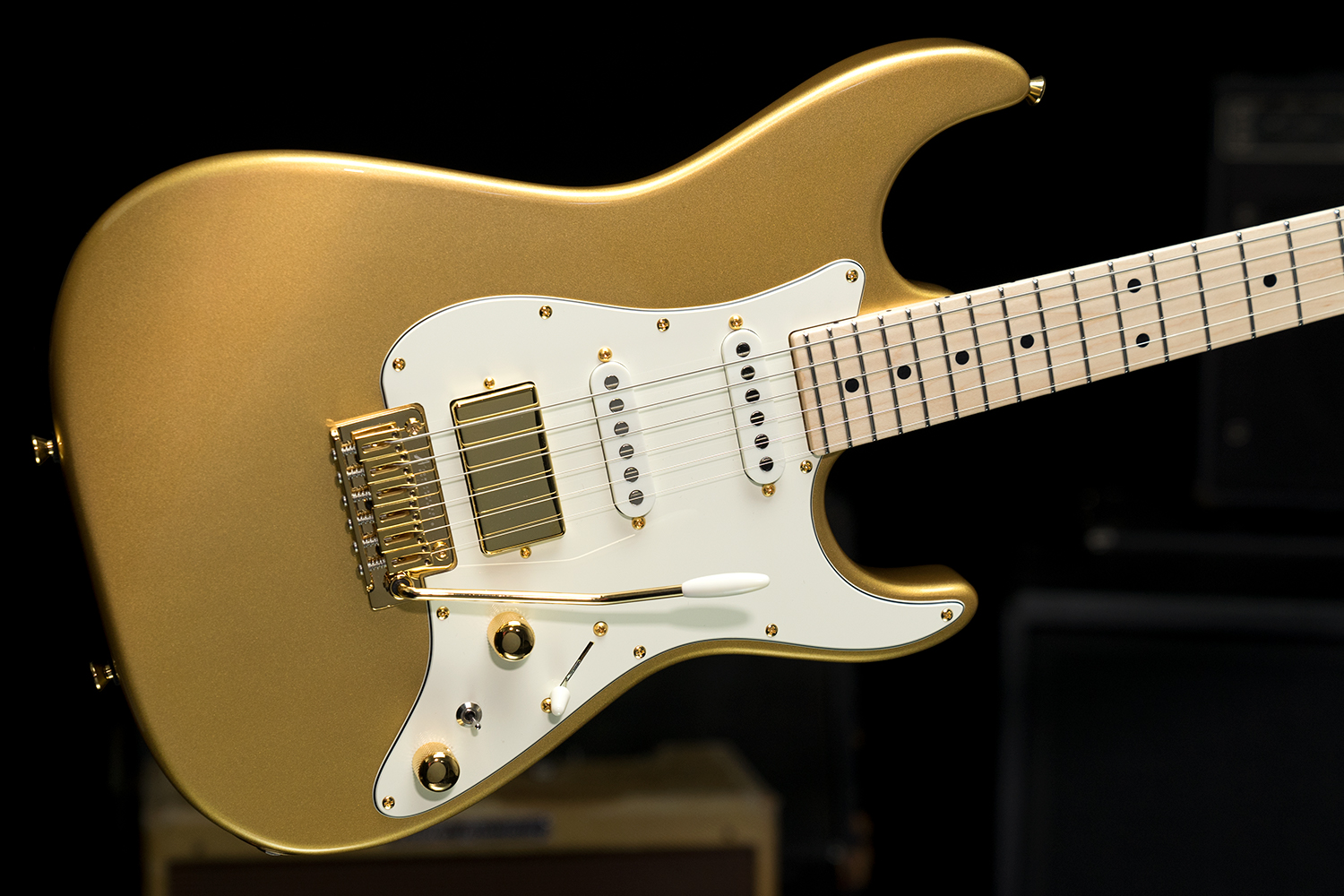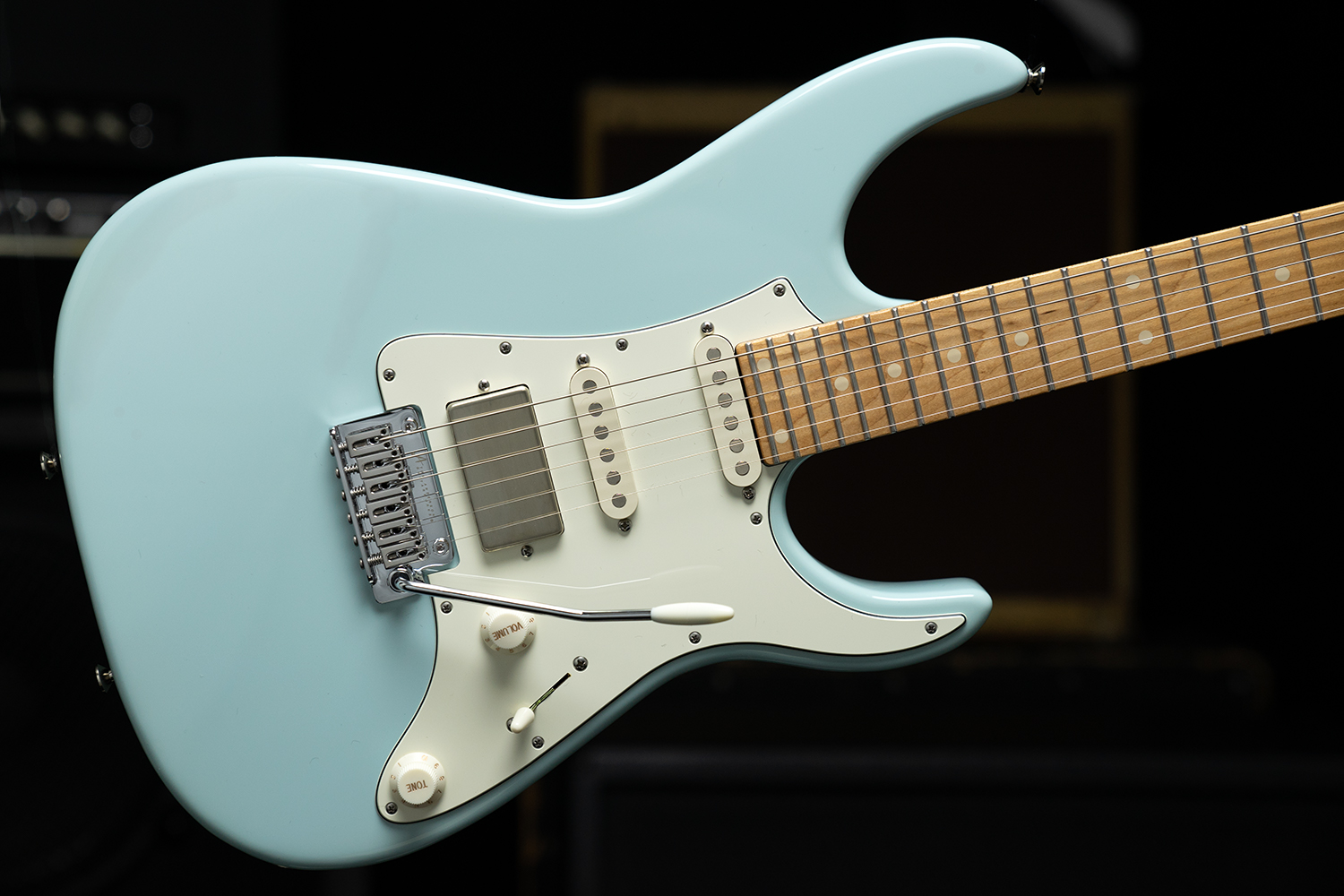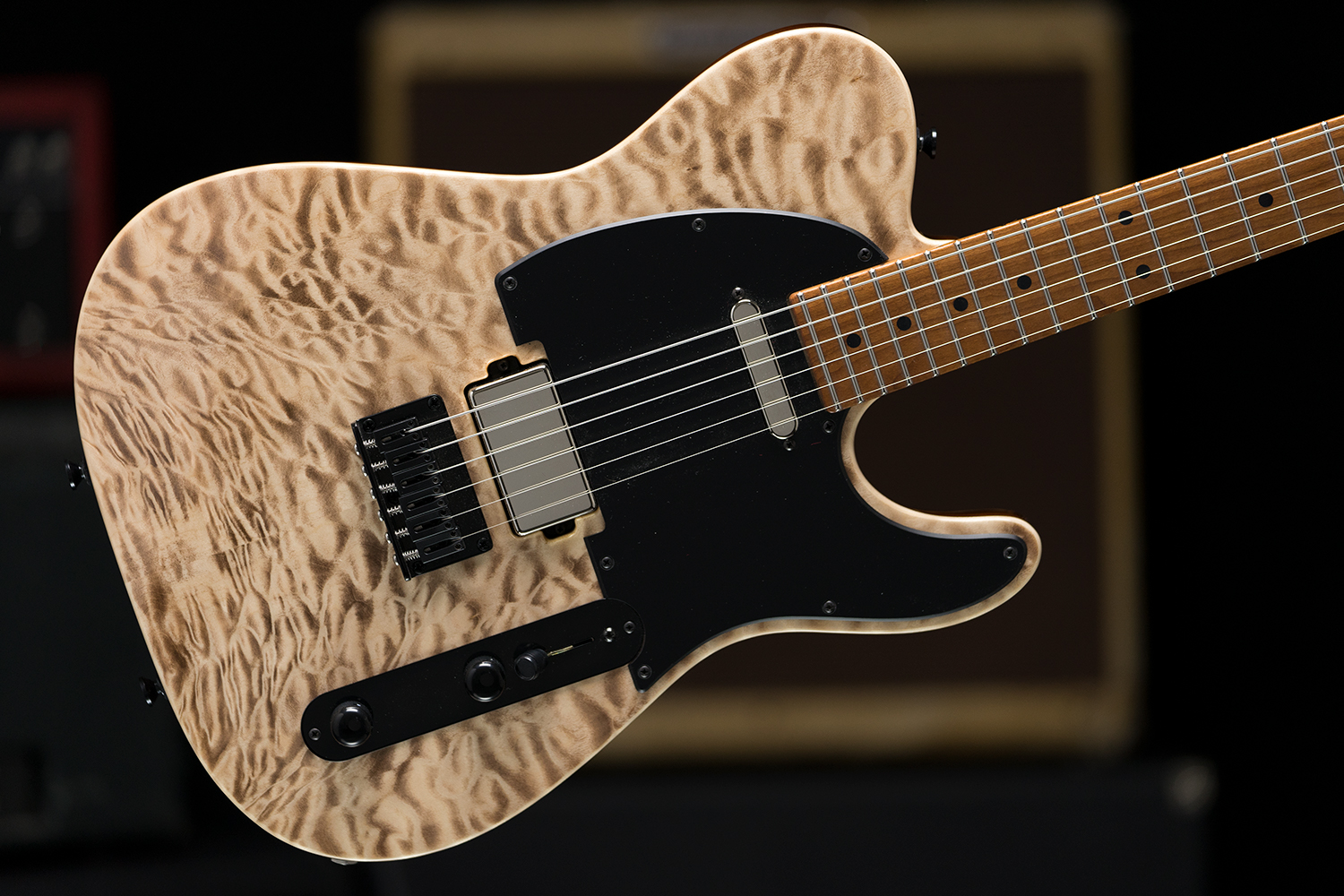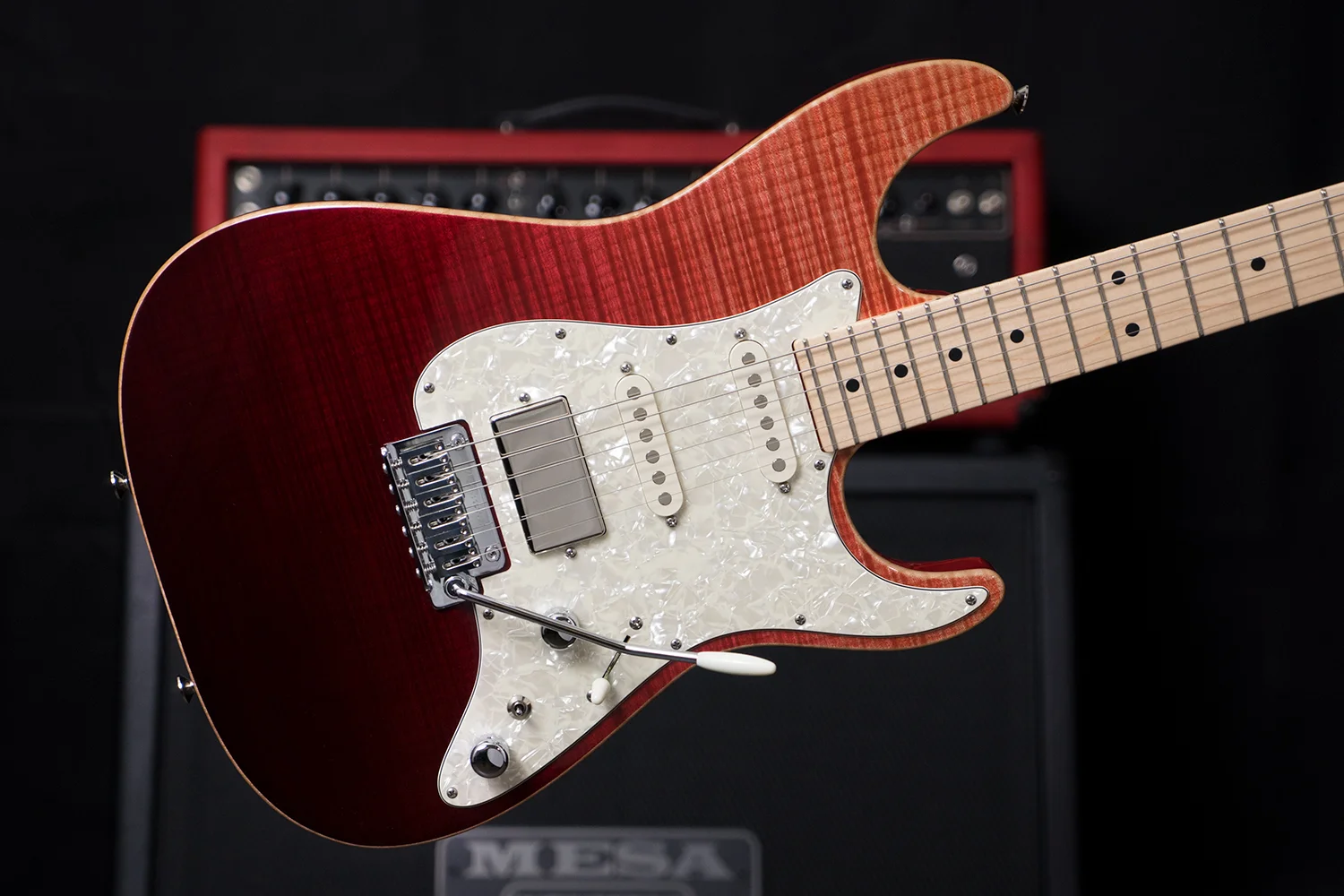Is Bigfoot Really Real?
/Is Bigfoot Really Real?
Maybe…but let’s talk about that later, shall we? Right now there may be a more pressing guitar matter to consider.
The questions have been raised:
1. Is there now, actually in existence, a traditional Anderson T-style instrument that offers a 3-saddle bridge and plate that surrounds the rear pickup—total vintage vibe T?
…but with the expected, exceptional Anderson Performance hidden right behind the accouterments—including the innate ability to play wonderfully in-tune.
And…
2. Why is Pink such a popular color these days?
We did what anyone would do in this situation, we outfitted an expedition and set out to discover the answers to these burning questions.
Landing in Mendoza, Argentina we headed slightly Northwest to the base of the Andes Mountains (obviously short for Anderson) where our expedition would begin.
Establishing basecamp at Plaza Argentina at 13,800 ft. (4,206 m) we loaded the llamas and headed up into the unknown for answers. We traveled for 4 days—over high mountains, through secret underground passageways and across mountain glaciers. All was quiet—much like our hum-cancelling pickups.
Until, on the forth day, we rounded a rocky outcropping, came up over the rise and passed by the lone crooked tree. We stopped dead in our tracks.
There it was!
…at the edge of a huge precipice, in the sun, alone in all its glory and leaning on an amp.
Editor’s Note: How an amp got all the way up here, we are not certain—and with the pilot light glowing brightly—and no electricity...what the...!? But the tone and intonation, even at altitude, was magnificent.
Yes, there it was: The fabled Anderson T Icon—spoken as Ticon by the locals. Say it with us now…Ticon. (Pronounced: Tie Con) But you may call it T-Icon if you prefer.
Superior Anderson Performance in every way, honed from a base camp of traditional T appointments. This is the very best way to get pronounced T twang and full substance—ringing out lively with unbounded playability.
We took a deeply satisfying breath and stood looking out over the vista onto the majesty of the Andes range and contemplated...Pink, and why it is now so popular?
Not only is there a desire throughout Asia for pink guitars in all forms and shades but in the United States and the United Kingdom there is a fascination for pink vintage-styled instruments. Perhaps it is because pink adds a touch of “fire.” After all, pink is actually light red in reality and was a vintage honored shade known as Shell Pink in the early to mid 60’s .
We could postulate further but we must go now. Completely satisfied and feeling fulfilled in our quest, we headed back down the mountain—and back to California where we will see you at the NAMM Show later this week.
GUITAR SPECIFICATIONS:








